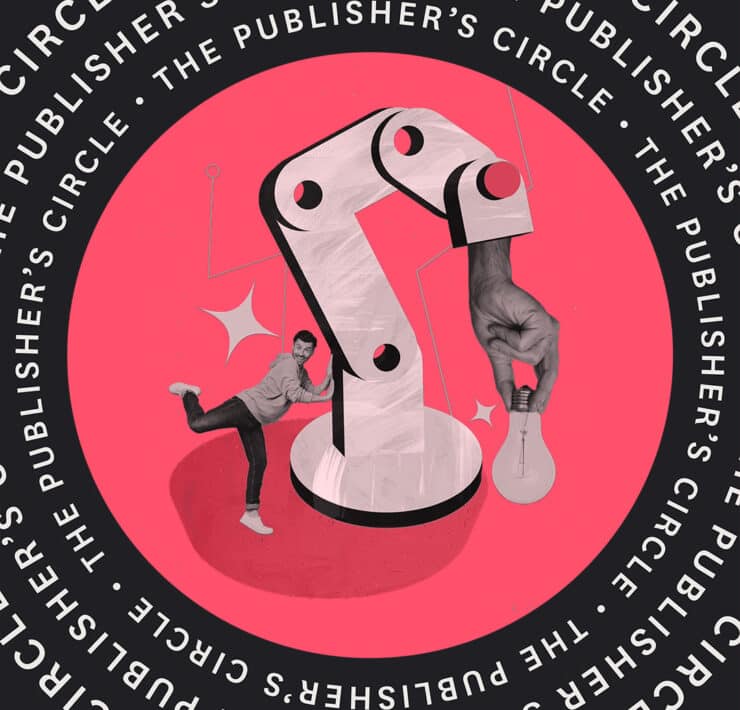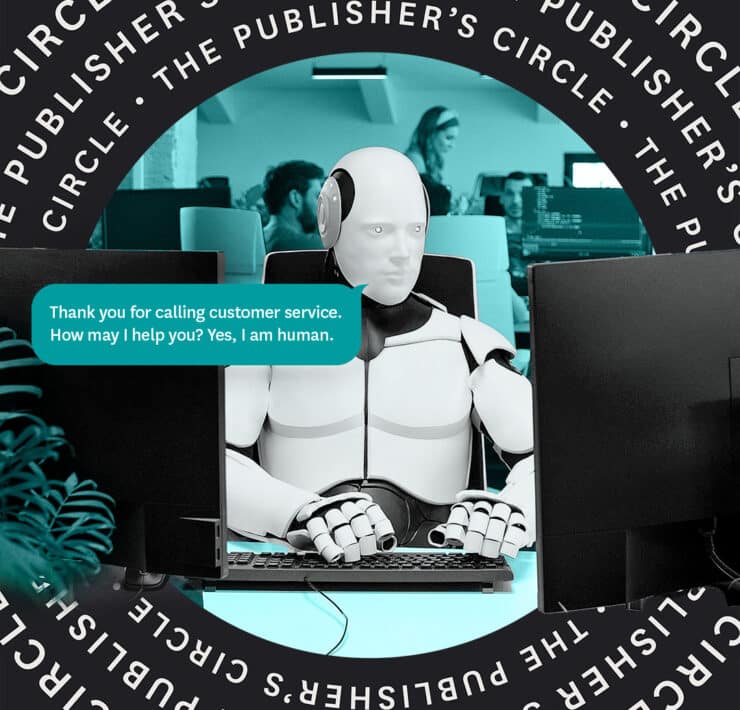
|
Getting your Trinity Audio player ready...
|
Your phone buzzes. It’s a new message from your manager. Your stomach drops and you wonder, “What did I forget? What did I mess up?”
Nothing. It was just a reminder that it’s your colleague’s birthday tomorrow and that you will all be going out for lunch. For most of us, most messages are rarely crises, but this common scenario illustrates the power our thoughts have on our reality. Too often, paranoia kicks in for us like it does for a student called to the principal’s office. We tend to assume the worst.
Paranoia Everywhere
That paranoia extends beyond the simple stomach churn when you see a message from a boss or an email from a client two minutes after close of business. As if our usual stress were not enough, the past few years have seen an increased obsession with productivity. The pandemic introduced a new way of working, out of the office and out of sight of your coworkers. And while such independence created many new benefits, it created new stressors as well.
While being able to work unseen can be relaxing, our inability to see what others are doing can cause stress. According to a 2022 report by Qatalog and GitLab, remote workers make up for the unseen by spending over an hour a day on “productivity theater.”
“The pandemic introduced a new way of working, out of the office and out of sight of your coworkers. And while such independence created many new benefits, it created new stressors as well.”
Edward J. Beltran
Trying to keep up with their perception of their colleagues’ productivity, employees feel in competition with an unknown amount of work, in a race against an invisible runner. While in a marathon you must conserve your energy, “productivity paranoia” causes workers to sprint and burn out earlier and more frequently than if they ran at their own pace.
This paranoia manifests itself in a competition that leads to decreased productivity and creativity even when workers return to the office.
How Employers Can Help
Some stress employees face, whether working from home or the office, may be the result of well-intentioned practices. For example, the policy of “praise publicly, critique privately” may lead to heightened anxiety when an employee is called into a private meeting or sent a personal message.
That does not mean we should change proven methodologies but rather adapt them to a modern problem by communicating clearly in all private exchanges. For example, managers can prioritize setting a clear agenda and title for a private meeting so an employee isn’t consumed with anxiety about what’s to come.
Healthy work/life balance relies on healthy communication with colleagues, with supervisors, and with oneself. While it may seem simple enough, communication lies at the root of most of the top stressors reported by employees.
“Among the many tools employers can give employees to support their well-being at work, one of the most important is clear and kind communication.”
Edward J. Beltran
Communication was already difficult when everyone came to the same office every day, but the pandemic further exposed communications issues that had been percolating for decades. Globalization, satellite offices, rapid expansion, workers holding multiple jobs, and the nature of the job market has long been eroding office norms.
Among the many tools employers can give employees to support their well-being at work, one of the most important is clear and kind communication. Options to work remotely or in office are destined to fail without this skill.
Be Calm and Carry On (A Conversation)
Just as some employees prefer remote or hybrid work while others prefer returning to office, one-size-fits-all efforts to reduce anxiety and productivity paranoia among employees are doomed from the start. When it comes to our mental well-being, we are not always fully aware of stressors or issues impacting us day to day. Even when we are, employees may avoid complete honesty out of fear of repercussions. Today, 65 percent of employees report they would not speak up about mental health problems and would conceal the extent to which it impacts their work.
At Fierce Conversations, where I serve as CEO, we leverage technology like biometrics to get at the root of employee stressors. Stress manifests itself physically in all of us so we have taken advantage of wearable technology to establish a reliable guide.
Our Pulse app connects biometrics with GPS and calendar data, enabling employees to pinpoint when and where they experienced higher stress levels and enabling them to begin to understand the why on their own and with a trained coach. Plus, we can provide anonymized data to employers to give them insight into why certain groups of employees, or even whole departments, may be experiencing stress. We’ve seen a decrease of 12 percent after just one session, which usually lead to average drops over 30 percent in the long term.
While a high-tech solution may not be available to everyone, I believe it all starts with conversations about well-being and mental health in the workplace. Employees empowered to prioritize their well-being and given the flexibility to do so are shown to be more productive and innovative. Conversations are the first step to reducing the impact of productivity paranoia and gaining a deeper understanding of all issues impacting well-being and productivity.
The views expressed in this article are those of the author and do not necessarily reflect the position of Hispanic Executive or Guerrero Media.
Edward J. Beltran is the CEO of global leadership development and training company Fierce, developers of the new Pulse app to help employees and employers understand stress in the workplace. Beltran is a disruptor in workplace culture, bringing decades of experience to bear by merging technology and workforce development. He and his team developed the Pulse app to give employers critical insights into their teams’ well-being to improve both health and productivity.







